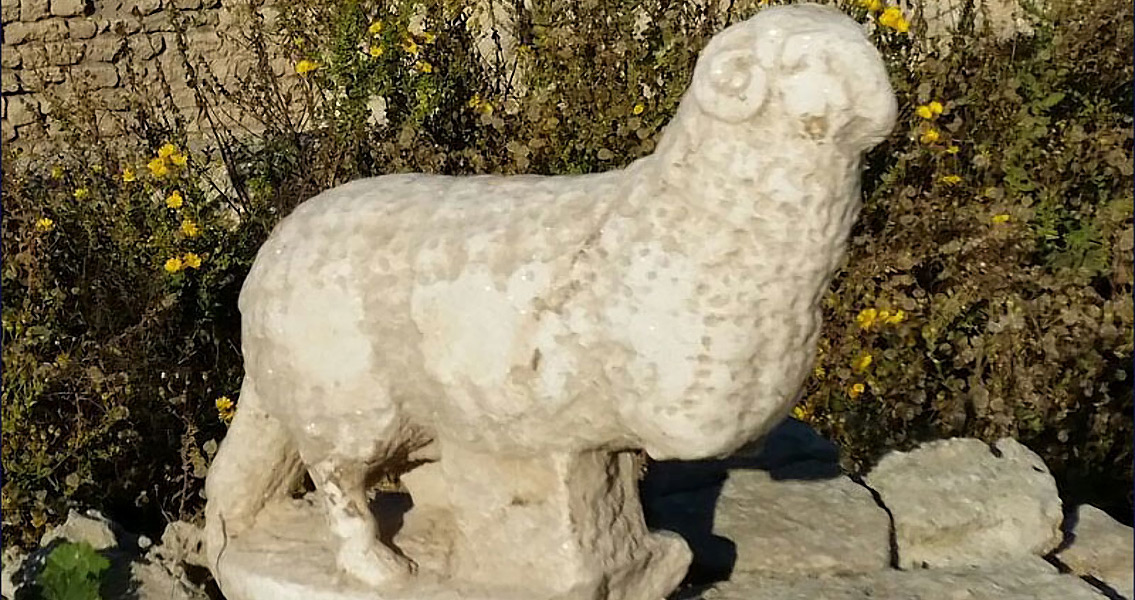<![CDATA[A statue of a gilded ram has been uncovered in Caesarea, an ancient port city on the coast of Israel, leading many to believe the statue might have been an early representation of Jesus. The announcement of the marble ram’s discovery occurred appropriately enough on Christmas Eve, when Mohammad Hater and Dr. Peter Gendelman, the directors of the excavation, declared in a press release that Jesus was not portrayed in human form during nascent Christianity. Other symbols were often used instead, one of which being the ram. In Christian iconography, the ram is also often shown as being carried on a shepherd’s shoulders, with the shepherd being a representation of Jesus in his role as the “Good Shepherd”, according to the Israeli Antiquities Authority. The use of a ram or a lamb were often interchangeable in Christian imagery, and it is associated with the faithful. The lamb in particular is often also viewed as a sacrificial lamb, which is representative of the Christian teachings that say Jesus’ betrayal by the Pharisees and subsequent suffering and death at the hands of the Romans by crucifixion was in order to atone for the sins of the world. Jesus is often referred to as “the Lamb of God” in the New Testament of the Christian Bible, most notably in Chapter 1, verse 29 of the Gospel According to John. The statue itself – which has been referred to as impressive by the two Israeli archaeologists that were supervising the dig – was discovered in close proximity to a Christian church dating from the ancient Byzantine period. Researchers say that the ram statue could have been one of the decorations from this church, dating it to between the sixth and seventh century CE; however, the marble statue could have been created earlier when Caesarea was founded as a Roman colony in the first century BCE. The Ram had a place in both Roman and Greek religious iconography as well by representing Mercury and his Greek counterpart Hermes. The ram could have therefore been repurposed for the Byzantine church as Christianity spread and gained additional power within the region. Both Hater and Gendelman said that the discovery of the ram on Christmas Eve was likely coincidental, though it was highly appropriate considering that Christians celebrate the birth of Jesus during the holiday. Whether Jesus of Nazareth – who would have been known as his non-Hellenized name Yeshua – was truly born on December 25th is uncertain, but the announcement of the discovery likely brought some Christmas cheer. A joint project between the Caesarea Development Corporation and the Israeli Antiquities Authority, the excavation of the ancient port city continues. Image courtesy of Vered Sarig/The Caesarea Development Corporation)]]>
Ram Statue Discovered in Ancient Israeli Port City
